
Dual Purpose Rooms Trend For Functional Homes

%d bloggers like this:


%d bloggers like this:
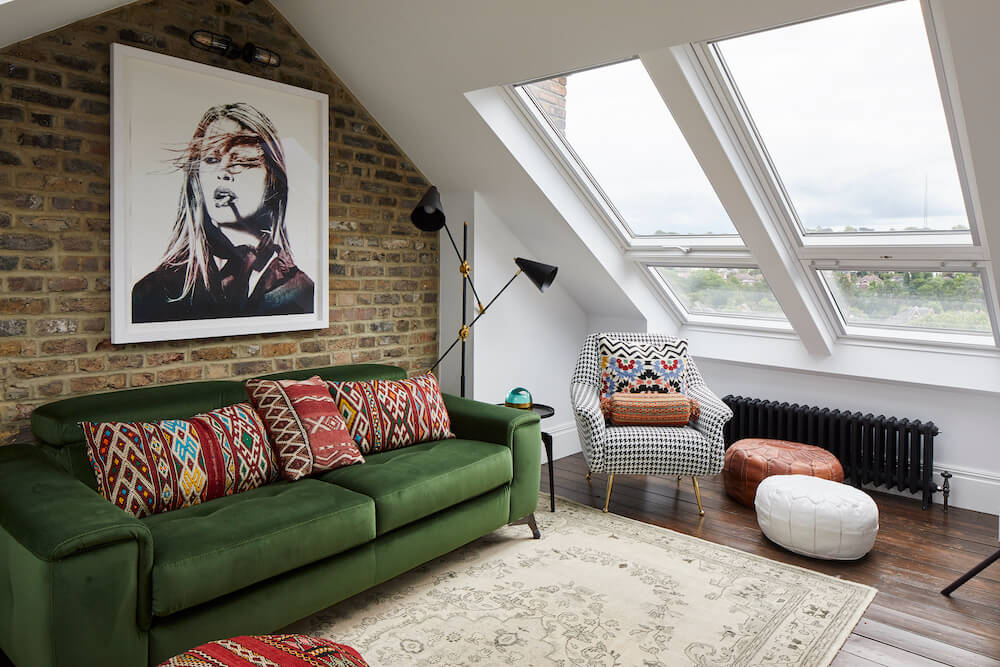

%d bloggers like this:
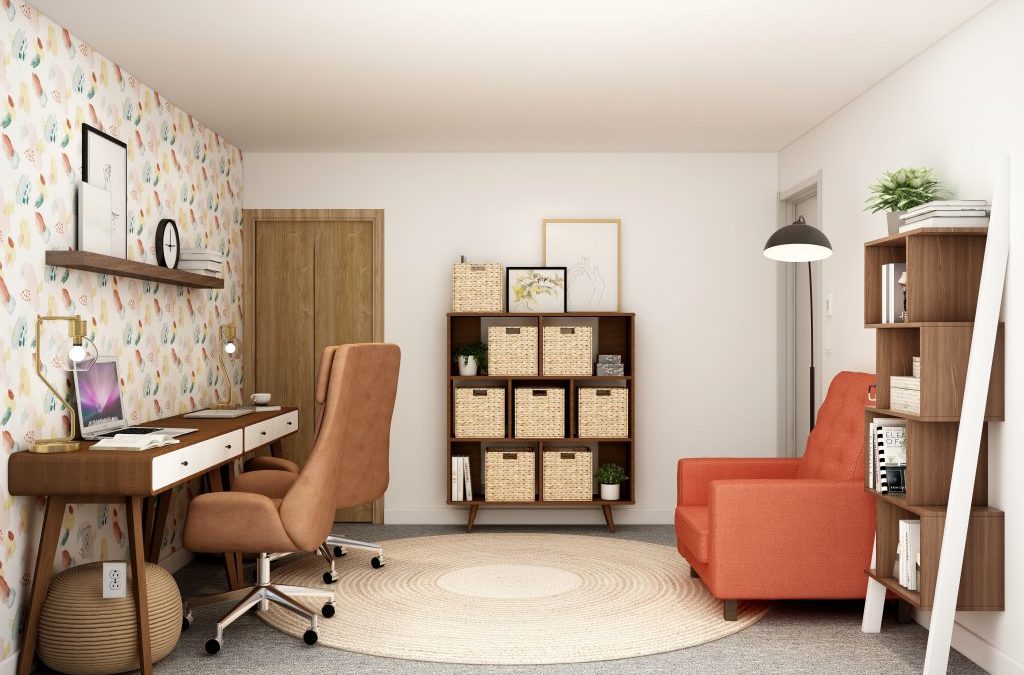

%d bloggers like this:
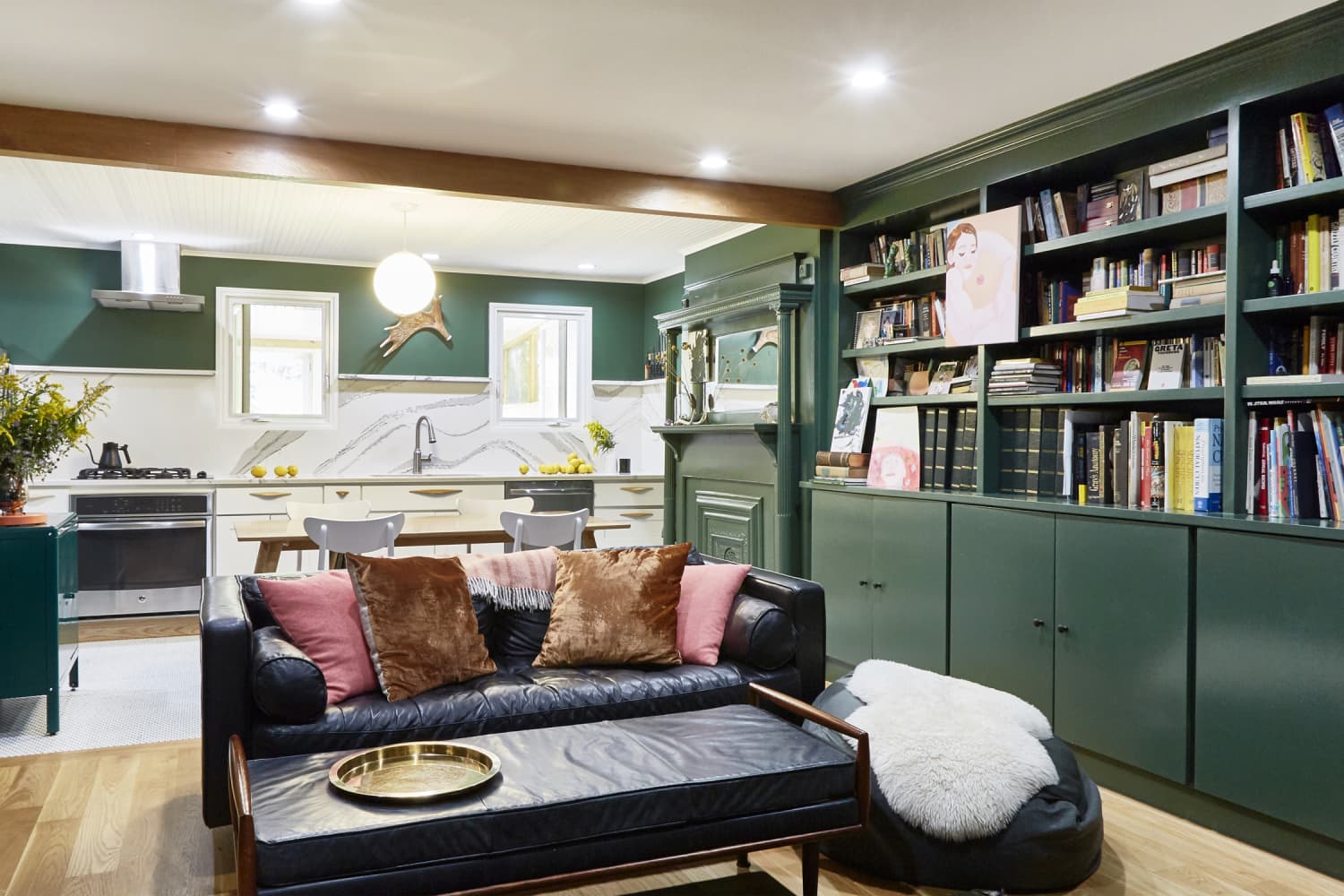

Sarah is a staff writer at Apartment Therapy. She completed her MA in journalism at the University of Missouri and has a bachelor’s degree in journalism from Belmont University. Past writing and editing stops include HGTV Magazine, Nashville Arts Magazine, and several outlets local to her hometown, Columbia, Missouri.
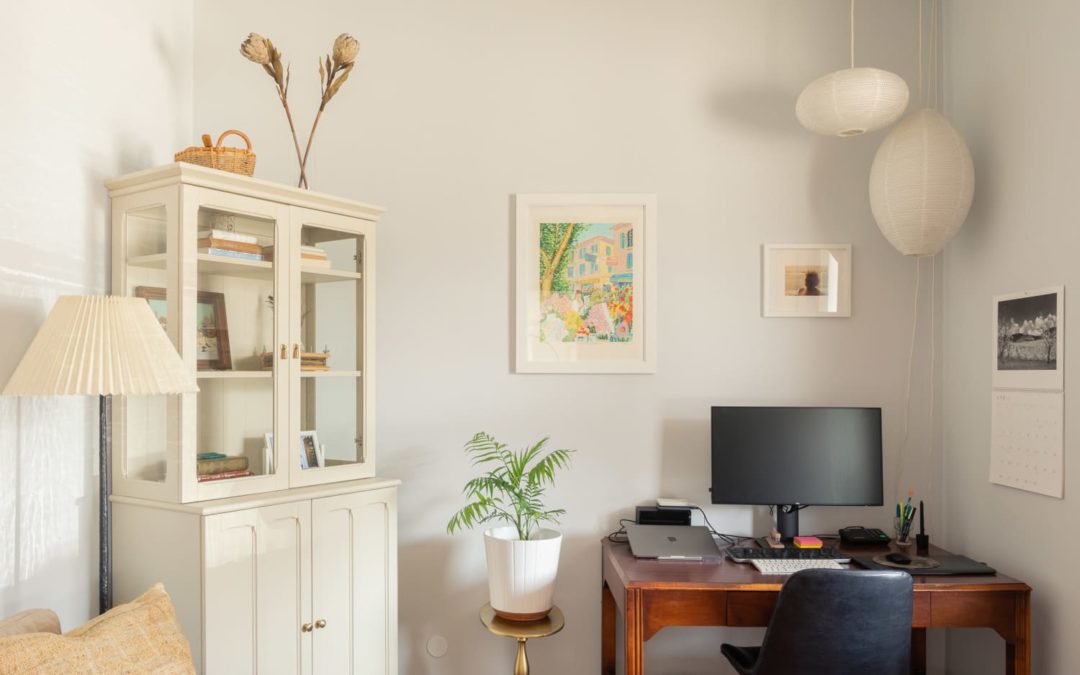
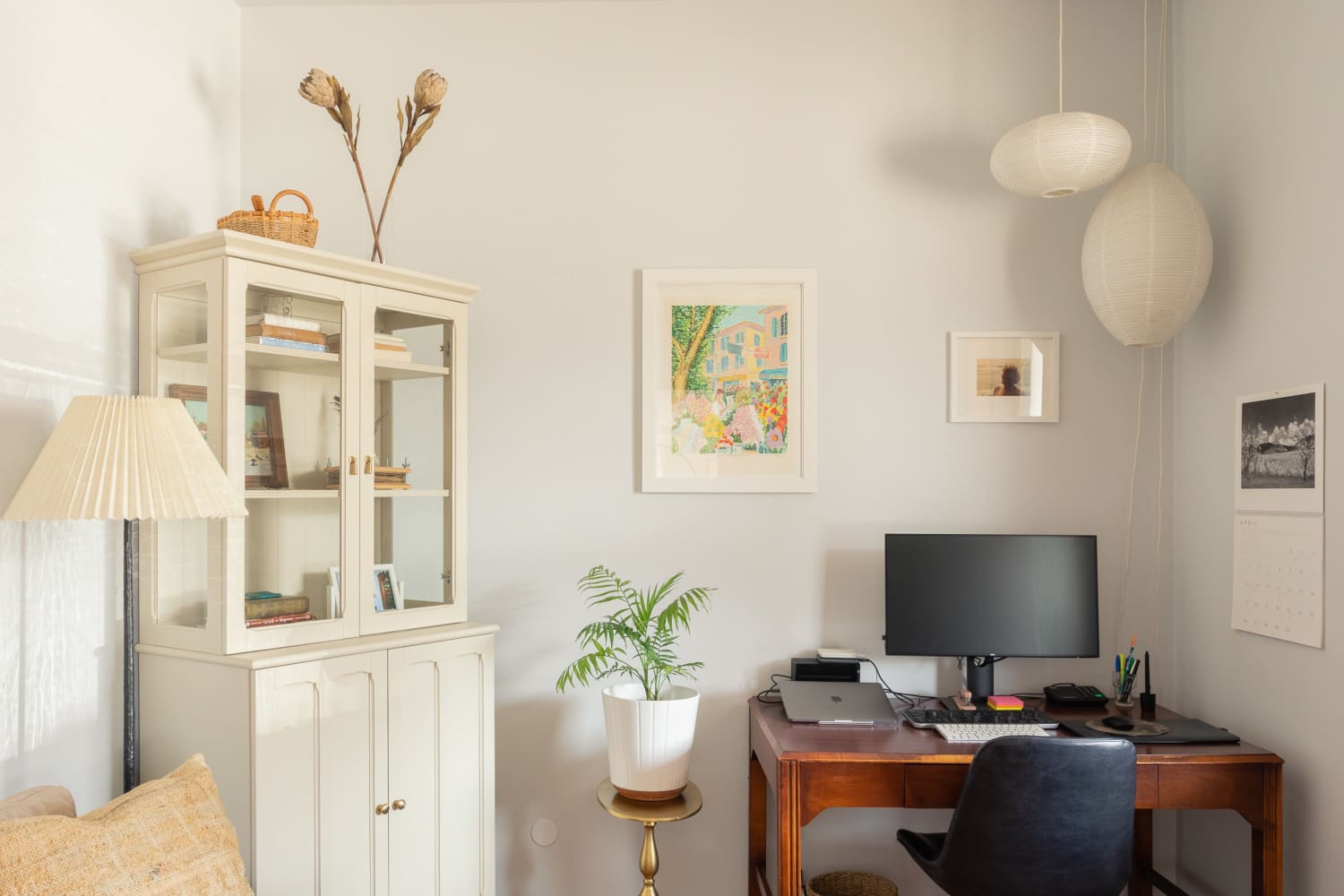
A few years ago, you may have defined the extra space in your home as a catch-all spare room that you didn’t put too much thought into. But the number of people working from home tripled between 2019 and 2021, according to U.S. Census Bureau figures, which means the home office is still in the spotlight.
Now, if you’re among the nearly 28 million people who work from home, that extra space has likely become one of the places where you’re spending the most time. In turn, you’re probably more invested in how your home office looks and feels. (Goodbye fluorescent overhead lights and generic office supplies; hello natural lighting, plant companions, and bespoke accessories!)
For more content like this follow
Perhaps one of the most important design choices you’ll make in your home office is deciding on a color to paint it. Are there shades that can help promote productivity and put you in your WFH groove? What about paint colors that can potentially stir your creativity?
The right shade for your office really comes down to how you want to feel when you’re working, says Maureen McDermut, a Montecito, California-based real estate agent with Sotheby’s International Realty.
“Office color schemes have a lot to do with the type of business you are in,” McDermut says. “For those that need to concentrate, a calmer color palette is desired. A nice green like Farrow & Ball’s Green Smoke can have a calming effect, giving those that are in businesses like accounting or finance the calm atmosphere they need.”
There’s some science to back all of this up: Researchers have studied colors and found that different shades are associated with various characteristics — for instance, greens are harmonious, yellows are lively and optimistic, and dark grays are regarded as rational.
For creative types, a brighter, more energetic scheme may work best, McDermut says. For instance, a classic soft yellow like Benjamin Moore’s Pale Moon sets a bright and happy tone for your home office, she says.
When it comes to picking a home office color, you’ll also want to strike the balance of differentiating it from other areas in your home, yet still having a cohesive color palette throughout. Neutral tones in the office tend to work really well, too, especially if you plan on selling your home in the near future, McDermut says.
Sellers have been using their homes’ extra space to market the sale, knowing that many people are looking to buy places with a home office. Earlier in the pandemic, Rocket Mortgage analyzed listings and found a 17 percent increase in the number of listings that contained the word “office.”
Neutral doesn’t need to translate to boring, though: A cool gray shade with medium weight like Nimbus Gray by Benjamin Moore has wide appeal for interior spaces, McDermut adds.
“You will want your paint colors to give potential buyers the ability to envision the room as they would use it,” she says.